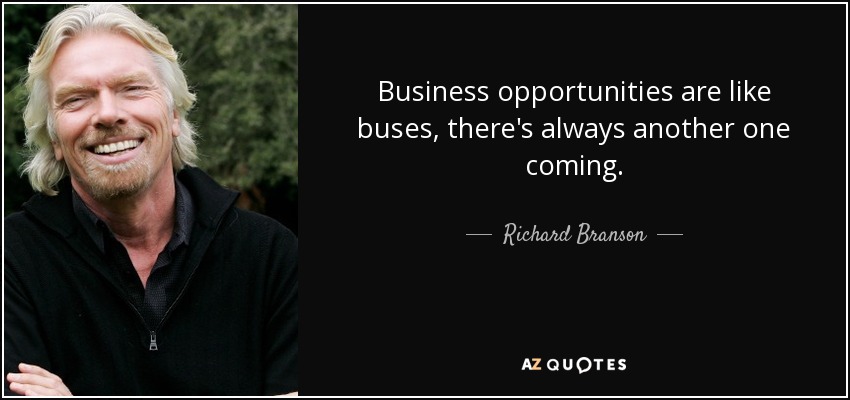Are you feeling overwhelmed by the daunting task of strategic planning? Does the end of the year bring more anxiety than anticipation? Are you wondering how to turn your strategic planning from a stressful obligation into a powerful tool for growth?
You’re not alone. Many business leaders find themselves at a crossroads each year, facing the complexities of planning while navigating an ever-changing business landscape. But what if strategic planning could be more than just a yearly ritual? What if it could be the catalyst that propels your business forward?
Laying the Groundwork for Success
Before diving into the four crucial steps of strategic business planning, it’s vital to establish a solid base. As we explored in our previous piece, “Stop the Year-End Strategic Business Planning Stress: 4 Steps to Start with Today,” the end of the year should be a period for strategic reflection and forward-thinking, not stress. This initial phase is about understanding where your company stands and plotting a course for where it needs to go.
Remember, this journey should be energising, not overwhelming. Our first task is to assess our current position and ensure our team is aligned and ready for the steps ahead. But before we go there, we will first discuss why strategic planning is probably one of your most important duties, which is too often neglected.
Why is strategic planning so important?
From Harvard Business School Online, we learn that strategic business planning is an ongoing process critical for aligning company goals with actions. A staggering 48% of leaders spend less than a day per month discussing strategy, resulting in 48% of organizations failing to meet at least half of their strategic targets. This highlights the necessity for dedicated strategic planning to keep strategies agile and executable.
The process of strategic planning creates a unified vision, aligning the company and its shareholders. It ensures that every employee understands the company’s goals, their rationale, and their role in achieving them, thus fostering a sense of responsibility and a broader strategic approach throughout the organization.
Another key aspect is the combatting of inherent cognitive biases that can influence decision-making. The strategic planning process forces leaders to examine and justify their decisions with data, projections, or case studies, thereby strengthening the organization’s strategy.
Having a strategic plan also allows for tracking progress towards goals at all levels, from the organizational level down to individual departments and teams. This alignment is crucial for positively impacting the company’s key performance indicators (KPIs) and overall performance. It’s vital to remember that strategies must remain agile, adapting to changes and challenges as they arise.
The ‘Why’ of Planning: Identifying Your Purpose
Why plan in the first place? What’s the goal behind your strategic efforts? These aren’t just rhetorical questions. All too often, businesses engage in planning as a formality, resulting in plans that are rarely followed. In these rapidly changing times, such an approach is hardly practical.
Your planning should serve a clear purpose. Whether it’s about growth, achieving a vision, or building resilience in an unpredictable environment, your goals should drive the process.
This reflective stage is crucial for determining your organisation’s aspirations for the next year and beyond. Remember, planning is not just about creating a document; it’s about execution and continuous reassessment.
Effective planning surpasses mere procedures; it becomes a transformative strategy. It helps you navigate uncertainties and adapt to market changes.
By understanding your ‘why’, you lay the groundwork for a meaningful and impactful planning process.
Understanding the ‘How’ of Strategic Business Planning
Strategic planning is as much about the journey as the destination. It’s about moving from your current state (Point A) to your desired future (Point B) efficiently and effectively. This process is a blend of strategy and execution.
The strategy dictates ‘how’ you navigate your path, while execution ensures you’re making consistent progress.
Use this groundwork phase to deeply understand each aspect of the planning process. Determine who needs to be involved and establish a realistic timeline.
This preparation phase is crucial and usually lasts up to two weeks, involving the business owner or leader and key team members. Let’s find out which three steps to take next.
1. Assessing Organisational Readiness
Are you and your team ready? The first step is to assess your organisation’s readiness for strategic planning. This involves asking critical questions to ensure all necessary conditions for successful planning are met, thereby avoiding common pitfalls, and confirming the right timing.
Key questions include:
- Are the current conditions helpful to successful planning? Can potential pitfalls be avoided?
- Is now the appropriate time to initiate the planning process? If not, what are the alternatives?
We have prepared a readiness assessment test for you, which you can fill in below. At the end of the test, you will find a score indicating how ready your organisation is. This assessment may reveal the need to focus more on groundwork or adjust certain aspects of your organisation. It’s essential to proceed only when the timing and conditions are optimal.
Feel free to reach out to us for a more detailed explanation if you want to know more.
2. Establishing Your Planning Team and Schedule
Now, let’s focus on forming your planning team and setting a schedule. This step involves selecting a dedicated group, including a Chief Strategy Officer or Strategy Director, to lead the process. Ensure this team is diverse in perspectives for a comprehensive approach.
Identify the primary owner of the planning process within your organisation. While often the business owner or leader assumes this role, someone like a Strategy or Growth Director might be better suited.
This team should be manageable, with 12-15 members representing necessary skills and competencies, extending beyond just the leadership team.
Consider bringing in an external facilitator if you feel your team lacks certain expertise.
3. Analysing Your Current Position
To chart a course forward, you need to know where you’re starting from. Collecting current data is the next crucial step. This includes gathering relevant information, such as financial records and marketing plans, to inform your strategy.
Compile everything from the past, including the last strategic plan, mission & vision statements, company values, business plan, financial records (ideally for the past five years), marketing plan, previous SWOT analyses, sales projections and results, etc.
Review this data to identify trends, strengths, and weaknesses. Understand whether you’ve been following a plan or just moving with market currents.
Conclusion: Building on a Solid Foundation and Next Steps
This groundwork phase lays the essential foundation for our Strategic Planning Process, aimed at creating a tailored, flexible, adaptive strategic plan that resonates with the entire team. But remember, this is just the beginning.
To truly navigate the dynamic business landscape successfully, regular engagement, monitoring, and adaptation of your plan is key. Achieving even 80% of your original goals can signify a remarkable improvement over having no plan at all.
Don’t Stop Here — Take the Next Step:
- Assess Your Readiness: If you haven’t already, complete our readiness assessment test to learn how prepared your organisation is for strategic planning. This is a vital first step in understanding where you stand and what needs to be addressed before moving forward.
- Stay Informed and Engaged: Ensure you don’t miss out on any crucial insights or steps in this strategic planning journey. Subscribe below to our newsletter to receive each of the upcoming articles on the four pivotal steps of strategic business planning. These articles are designed to guide you through the entire process, providing practical, actionable advice every step of the way.
Your journey towards a well-structured, effective strategic plan doesn’t end here. It’s an ongoing process of learning, adapting, and growing. By subscribing below to our strategy series and engaging with our resources, you’re taking a proactive step towards the future success of your organisation.
We’re here to support you in this journey, helping to transform challenges into opportunities and plans into actions.
[mailerlite_form form_id=5]
Join us as we continue to explore, refine, and execute strategic plans that drive real, tangible results. Subscribe now and empower your journey towards strategic success.




